What makes CHIP different to the Pi Zero W?
 CHIP is something a little different to the Raspberry Pi Zero, in fact, it was announced before the Pi Zero, via a crowdfunding campaign. Originally titled the “$9 computer” CHIP, created by Next Thing Co, sought to be a cheaper alternative to the Raspberry Pi. Stripping down the RAM to just 512MB, an ARM single core CPU (Allwinner R8) running at 1GHz, and onboard WiFi (B/G/N) and Bluetooth 4.0 you would be forgiven for thinking that this was a Pi Zero W. However, the CHIP came out before the Pi Zero, albeit not by much.
CHIP is something a little different to the Raspberry Pi Zero, in fact, it was announced before the Pi Zero, via a crowdfunding campaign. Originally titled the “$9 computer” CHIP, created by Next Thing Co, sought to be a cheaper alternative to the Raspberry Pi. Stripping down the RAM to just 512MB, an ARM single core CPU (Allwinner R8) running at 1GHz, and onboard WiFi (B/G/N) and Bluetooth 4.0 you would be forgiven for thinking that this was a Pi Zero W. However, the CHIP came out before the Pi Zero, albeit not by much.
What makes CHIP different to the Pi Zero W is that it comes with its own onboard storage (4/8 GB NAND), it has a full-size USB A Female port, a micro USB (OTG compatible) port for power and to flash the board, more on that later. We also find a TRRS headphone socket for analog audio and video output.

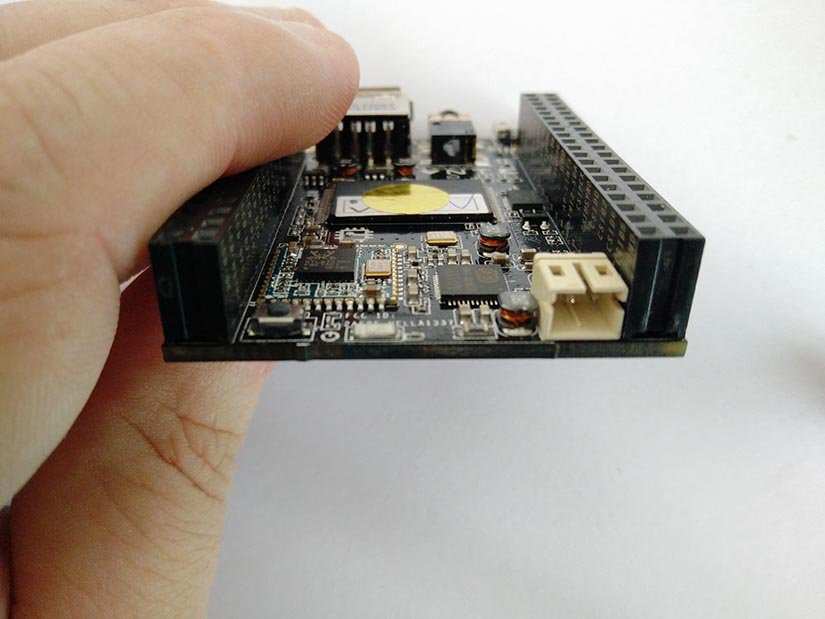
But the most welcome, and surprising feature of the CHIP is nothing to do with processing power, rather the inclusion of an AXP209 power management IC that enables CHIP to be directly used with LiPo batteries. CHIP can be powered by LiPo and it can also be powered from a 5V micro USB source which will also charge the LiPo battery, very handy for portable applications!
If you need GPIO connections, the CHIP has your back! Featuring 80 GPIO pins covering I2C, UART, and serial. There are even connections for LCD screens, resistive touchscreens and LiPo battery and these connections are used with the most popular add-on for CHIP. Pocket CHIP!
Pocket Chip?

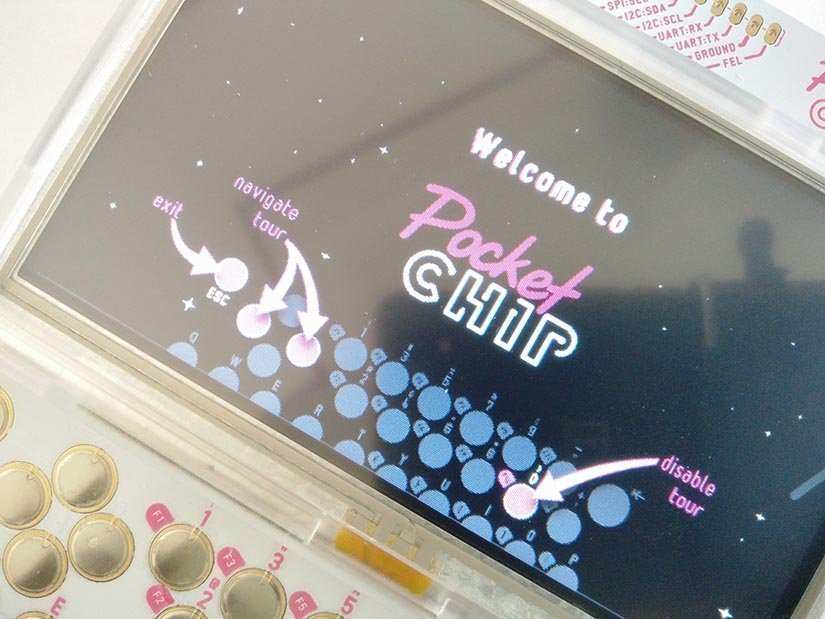
Pocket CHIP is a portable “case” for CHIP that provides a LiPo battery, a resistive touch 4.3” display with a resolution of 480 by 272 pixels, plenty of space for terminal work on the go but not much use for large applications.
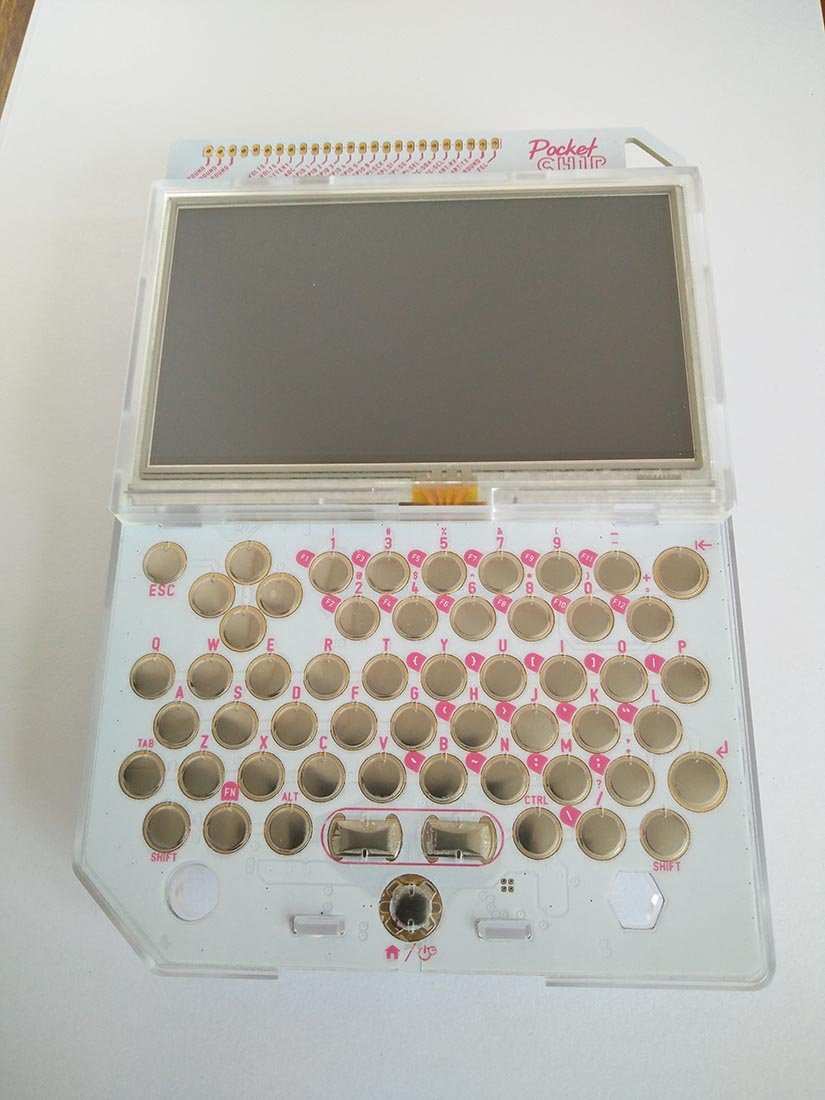
The case also contains a QWERTY keyboard, made up of small “bubbles” that make/break connections when touched. Typing on this keyboard is not the most pleasant experience, but it is serviceable. The CHIP connects to the rear of the case, using the GPIO to make the required connections, but fear not as there are still a few GPIO pins which are broken out to the top of the Pocket CHIP, but you will need to solder the pins to use them.

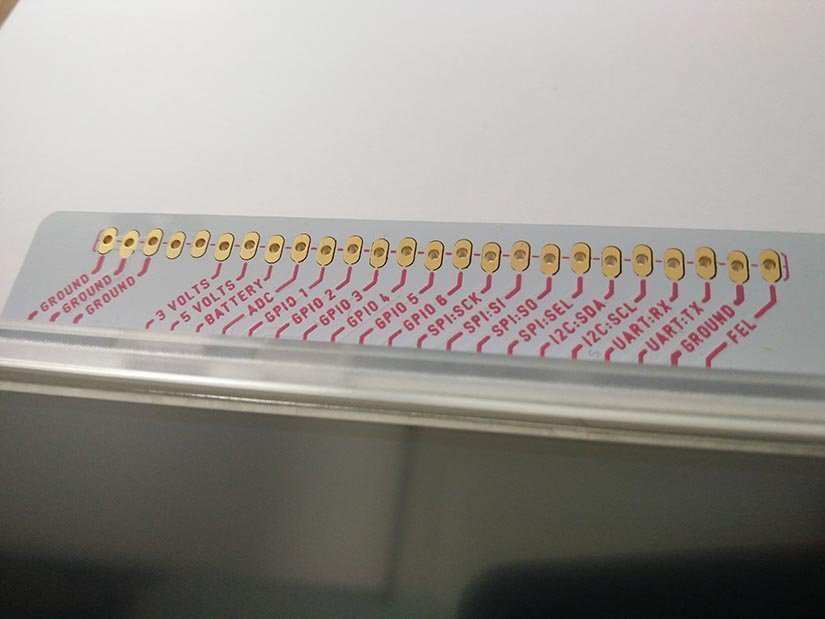
Operating System


The CHIP operating system comes in many forms, from a full-blown desktop OS, similar to Raspbian / Ubuntu which is used with two other add-ons for VGA and HDMI video output. But for the Pocket CHIP, we have a more touch-friendly version made for the smaller screen. Flashing the operating system to CHIP is clever and easy. Rather than an SD card we flash the NAND storage directly using a web app built into the Chrome / Chromium browser. It takes only a few minutes and then everything is ready to go.

The Pocket CHIP operating system is sparse but functional, there are no GUIs for Bluetooth configuration (but you can configure your Bluetooth devices from the terminal), and only a basic configuration tool for WiFi. But the OS has a functional file manager, notepad, and help system. We can also open a terminal and install software using apt, play and hack games with PICO-8 and create music using SunVox.


But how useful is the Pocket CHIP for a maker? Well to test this we installed the CHIP_IO.GPIO Python library and proceeded to flash an LED. It didn’t take too long to accomplish this task, but we had to manually install Python3 and the CHIP_IO.GPIO library from a .deb file hosted on GitHub. Not an ideal situation, but it worked. But the world is not just Python!




So, we wanted to test how the Pocket CHIP would cope as a tool to program Arduinos in the field. We downloaded the latest ARM version of the Arduino IDE from their website. After a few moments of tinkering, we had the IDE open and ready to flash the blink sketch onto a waiting Arduino Uno. Compilation took a while, nearly one minute but it worked, so this is a viable solution for writing Arduino code if you can get used to the keyboard and lack of screen “real estate”.
Conclusion
Pocket CHIP and CHIP itself is not for everyone, it is a little rough around the edges and it lacks the community support of the Raspberry Pi, but the Raspberry Pi did have a four-year head start on CHIP. The Python GPIO library is a close approximation of RPI.GPIO and it works well enough for basic projects. As a hacking/making tool the Pocket CHIP is great, let down only by the screen and keyboard, but if they were to add a better keyboard and screen then the cost would increase, and we would lose a small, cheap mobile hacking tool.
If you need a flexible, mobile hacking tool for use in the field, then Pocket CHIP could be your swiss army knife/multitool of tech!
Electroscore: ![]()
Pros:
- Cheap
- Small
- Easy to use
Cons:
- Not as refined as other single board computers
- Awkward keyboard
- Not the fastest CPU





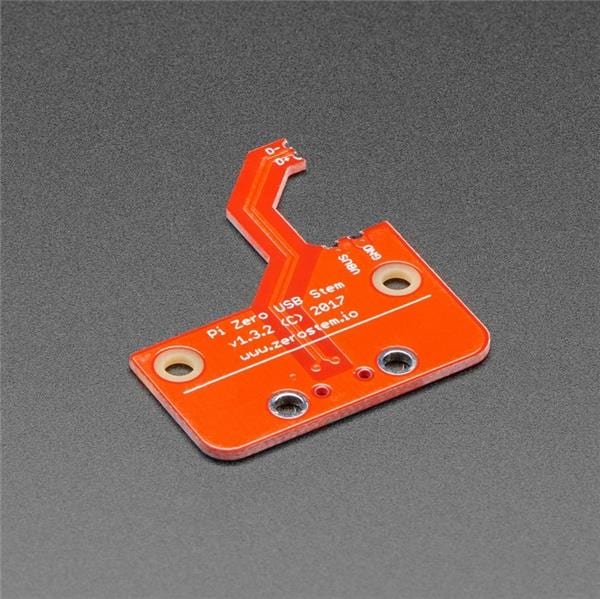
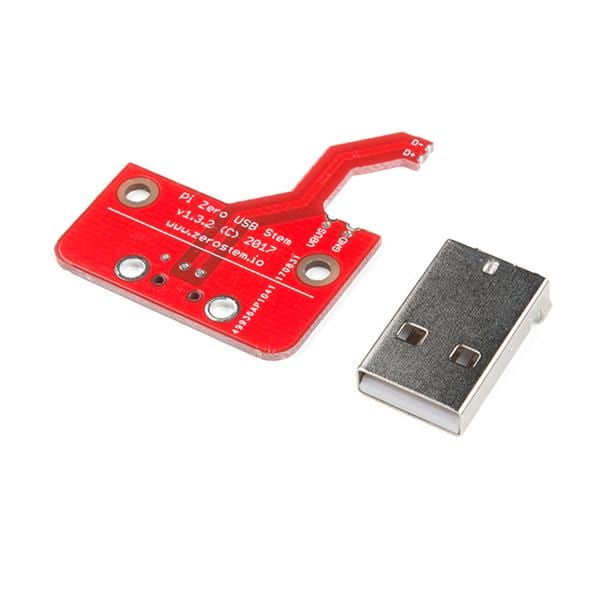

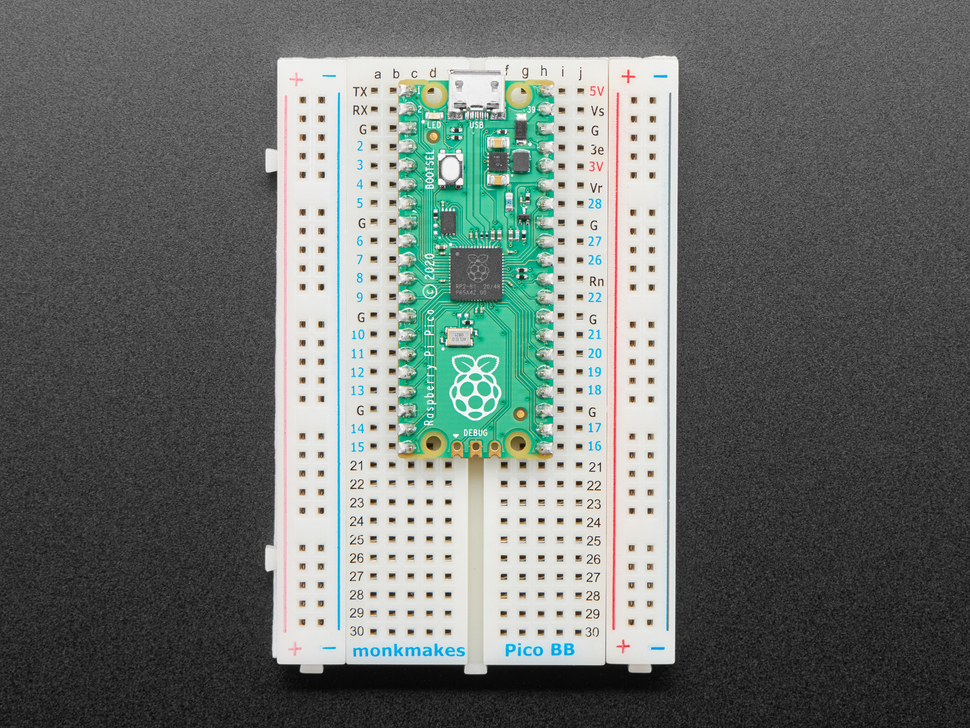
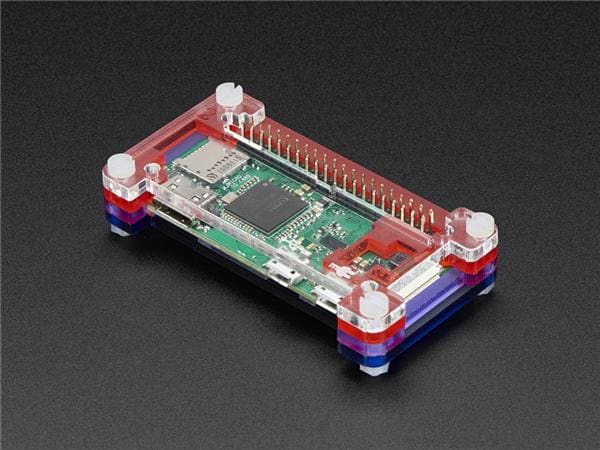
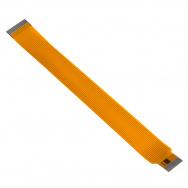
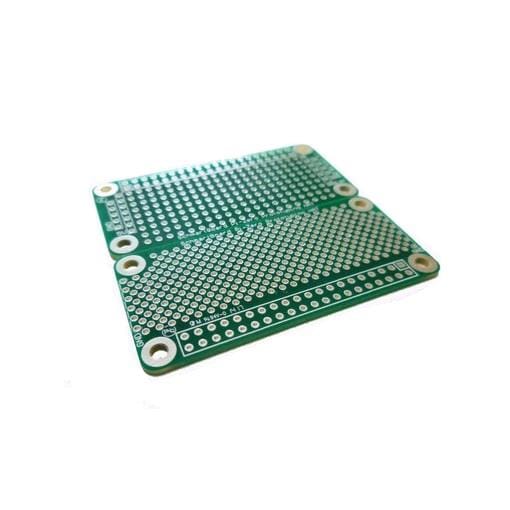

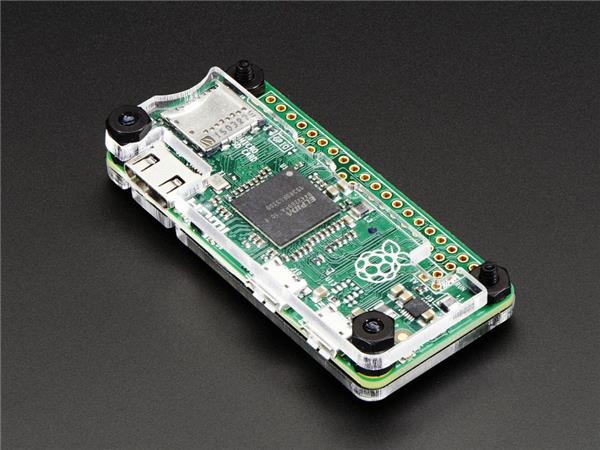
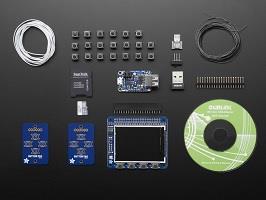
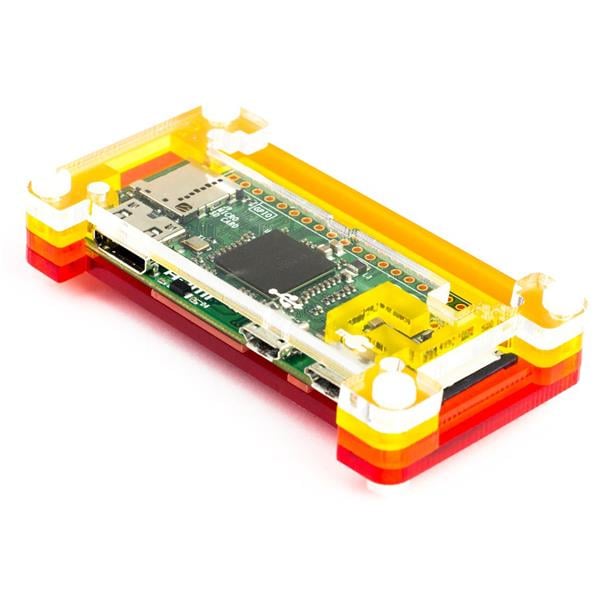
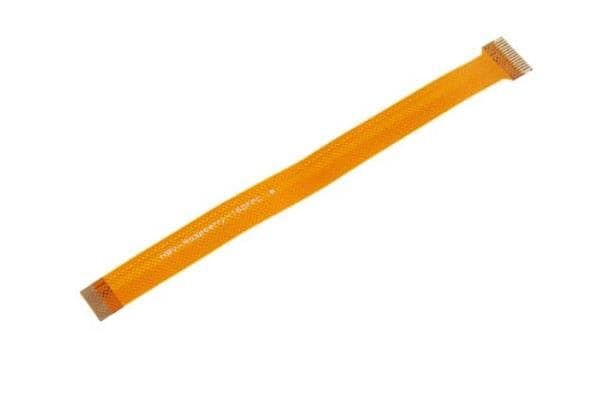
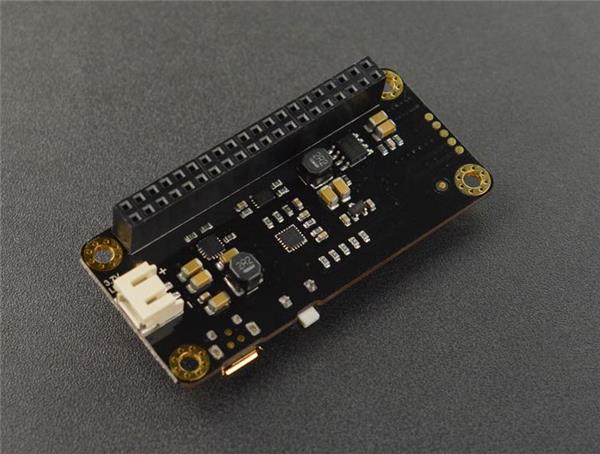
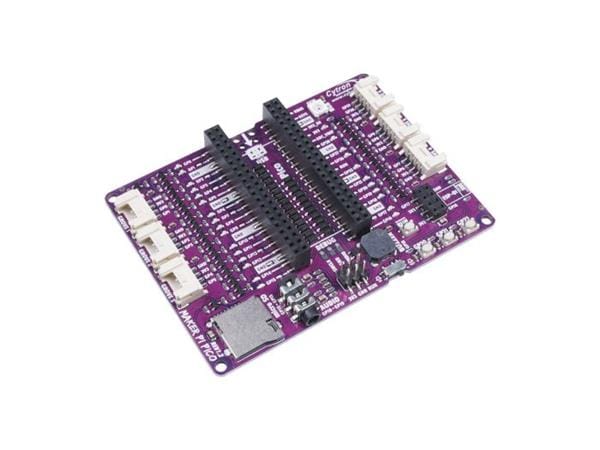
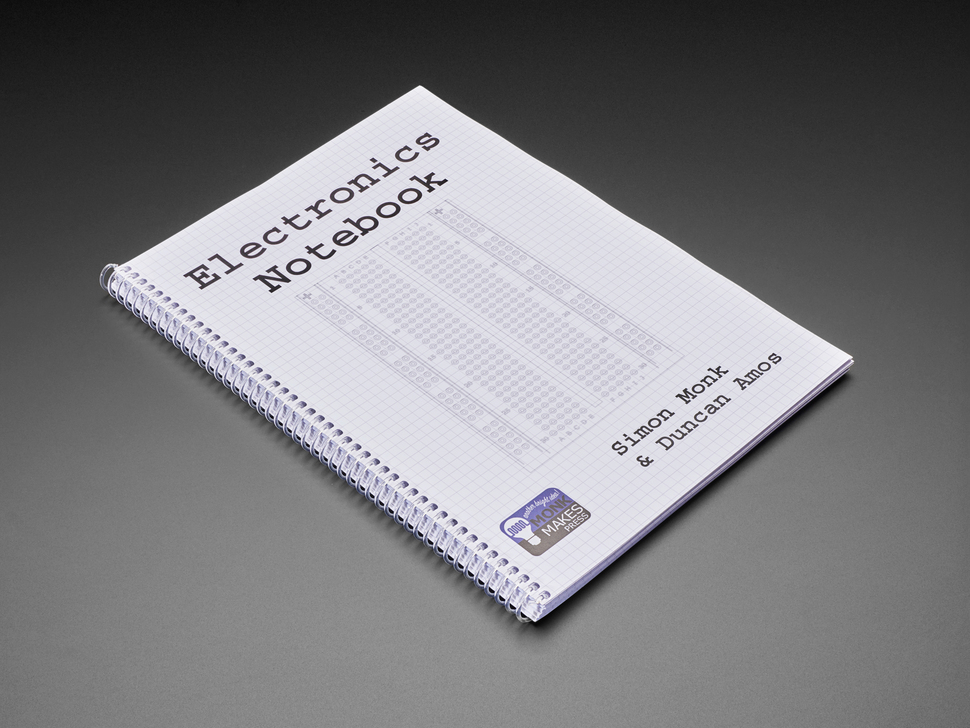
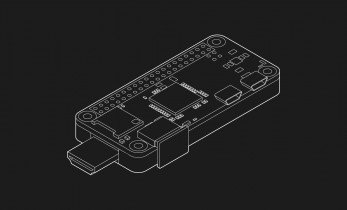
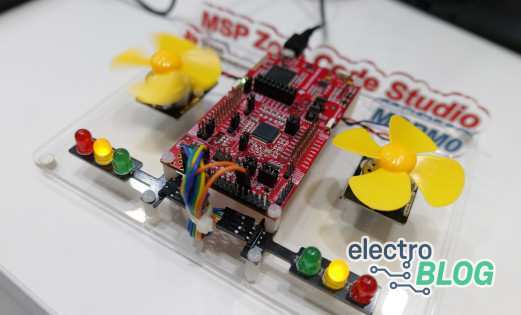
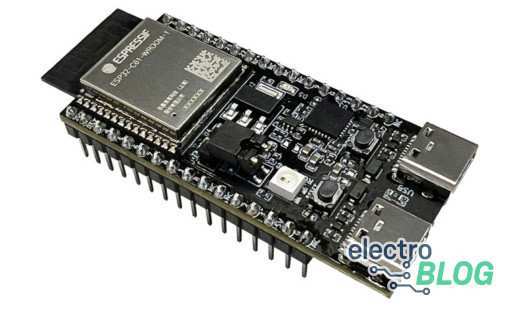
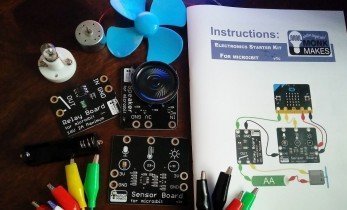

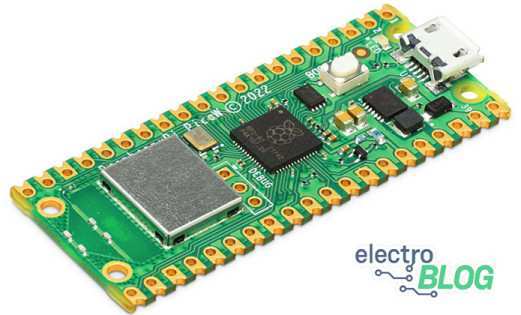
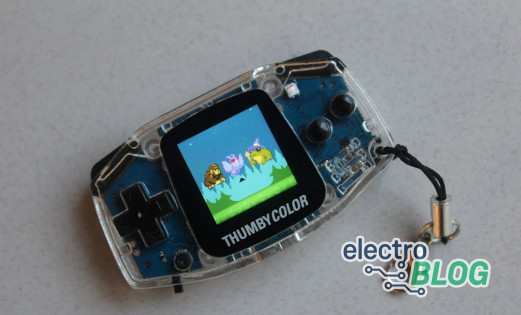
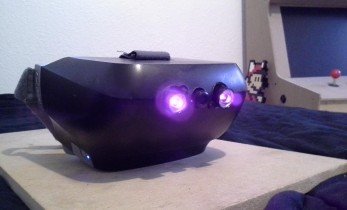
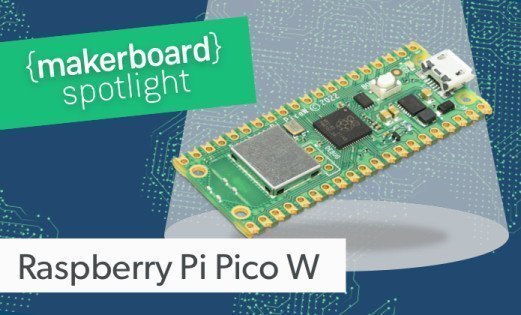
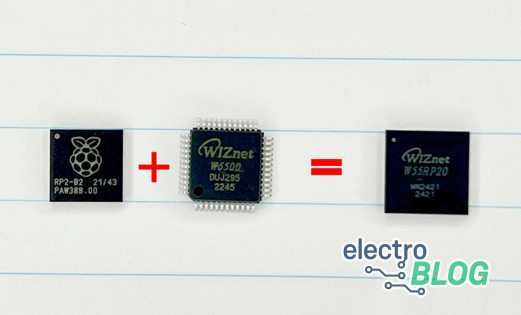
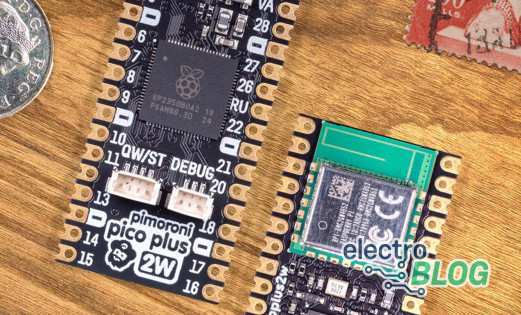
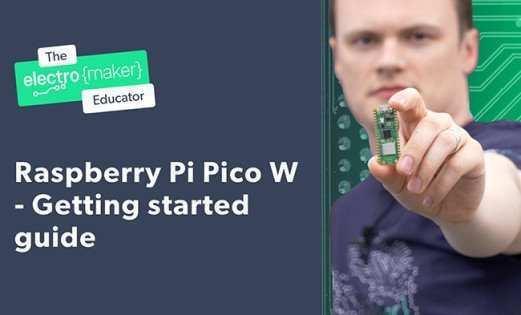
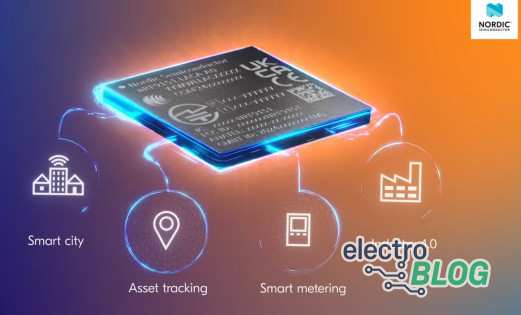
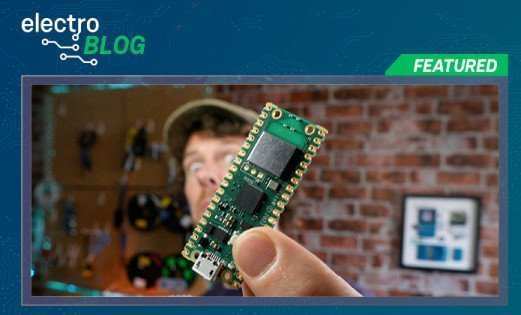
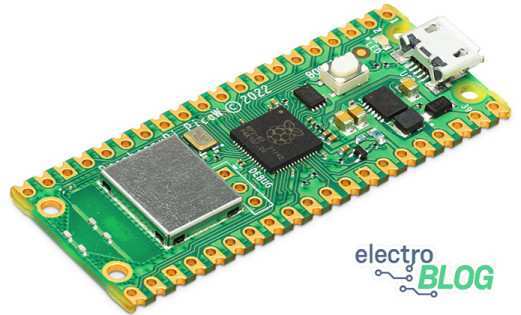

Leave your feedback...